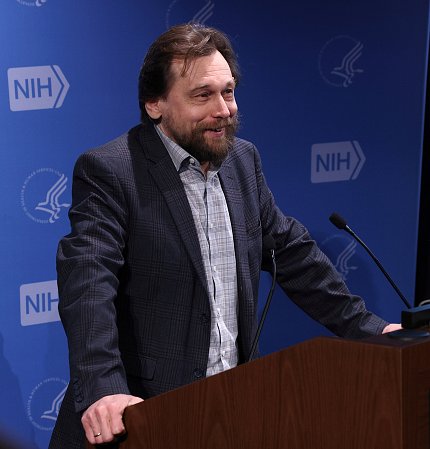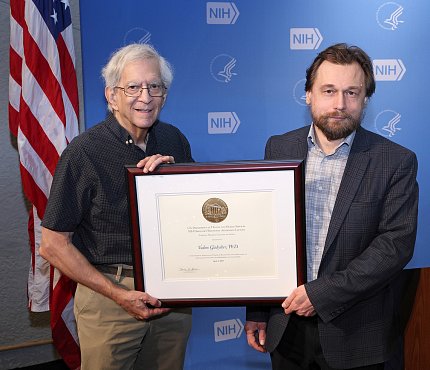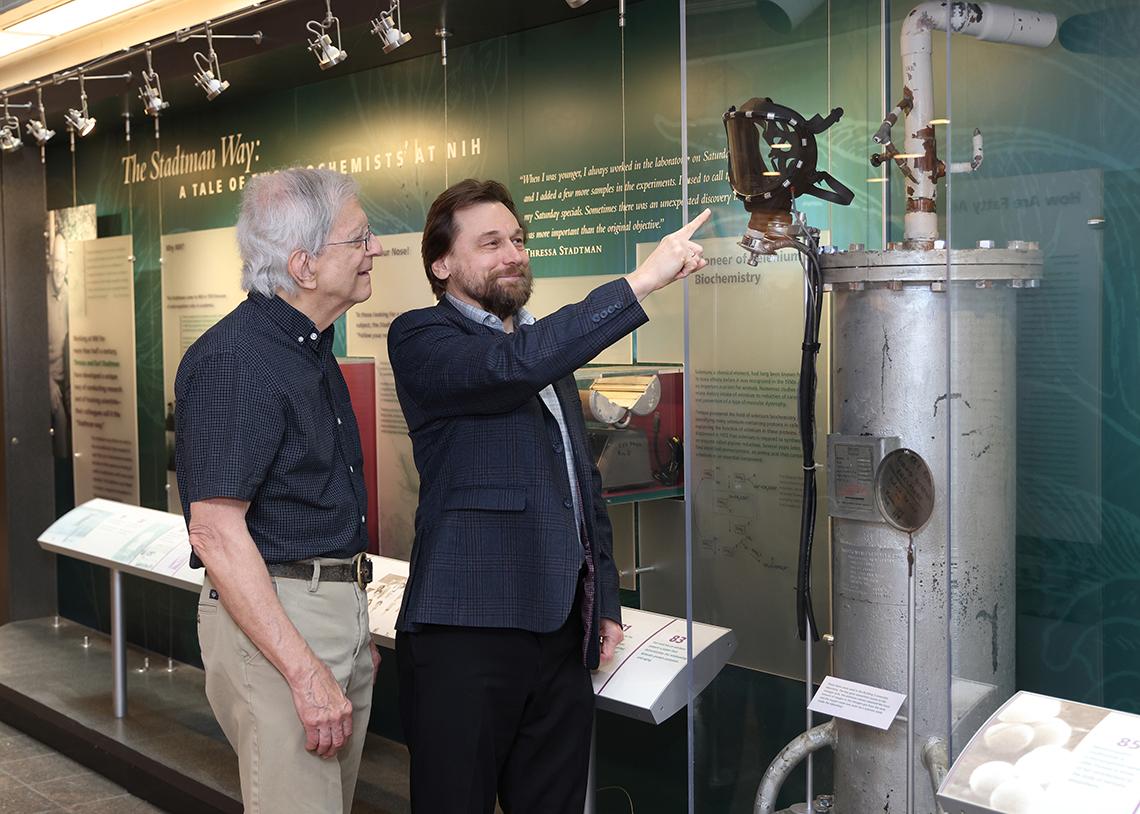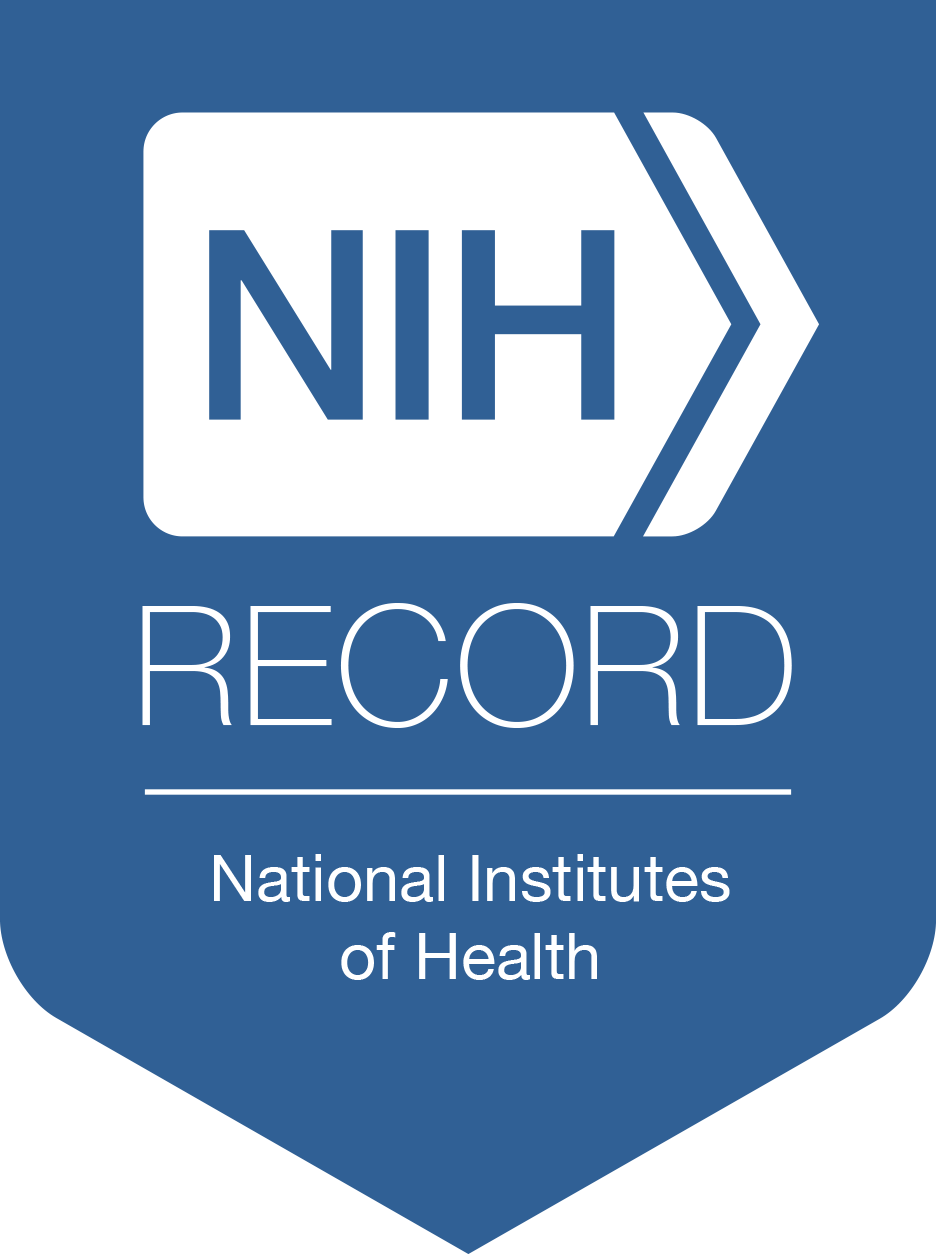Gladyshev Shares Insights on Aging, Longevity

Photo: Chia-Chi Charlie Chang
How do we all live longer, healthier lives? Dr. Vadim Gladyshev examined fundamental questions and new frontiers in the science of aging in his recent Florence Mahoney Lecture in Lipsett Amphitheater.
Gladyshev, professor of medicine at Brigham and Women’s Hospital and Harvard Medical School, discussed the nature of aging and principles of lifespan control. Understanding the molecular pathways that contribute to aging and longevity is critical, said Gladyshev, who underscored the need to quantify the aging process across cells and species, as well as in response to interventions. Such quantification can be accomplished with biomarkers of aging, such as epigenetic, transcriptomic and proteomic clocks.
Gladyshev, whose multiple career accolades include a 2013 NIH Pioneer Award, a 2019 NIH Transformative Award and election to the National Academy of Sciences, discussed various pharmacological, dietary or genetic intervention strategies with the potential to delay age-related diseases or even partially rejuvenate cells or entire organisms.

Photo: Chia-Chi Charlie Chang
Gladyshev has studied the genomes of naturally long-lived animals such as bowhead whales, naked mole rats and bats. “The information we could gain from analyzing longevity across species may be used in the future for radical changes in lifespan, in contrast to interventions currently studied in labs, which offer only marginal longevity benefits,” he said.
His earlier research has also highlighted the essential mineral selenium—found in breads, grains, meat, poultry, seafood and eggs—for its various roles in biology and medicine. Gladyshev and his team have discovered the full of set of human selenoproteins (the selenoproteome) that contain selenocysteine, a selenium-containing amino acid.
In his WALS lecture, Gladyshev outlined multiple interesting ongoing areas of exploration in aging science, including the relationship between longevity across species, longevity across interventions, and aging, as well as organ-specific aging, wherein organs and systems with accelerated aging in the body are more prone to developing disease. Gladyshev has also reported that stressful events such as major surgery, serious infections and pregnancy can temporarily increase biological age.
“Once you start studying aging, it’s hard to study anything else,” Gladyshev said. “The problem is so important that nothing really compares to it… in biology and medicine. Most diseases that medicine studies are the diseases of aging, and if we can target the aging process itself, we can delay the onset of all these diseases at once. This is why it’s so appealing, but also incredibly difficult to study aging.”
Gladyshev’s full talk can be viewed at https://videocast.nih.gov/watch=55029.

Photo: Chia-Chi Charlie Chang
